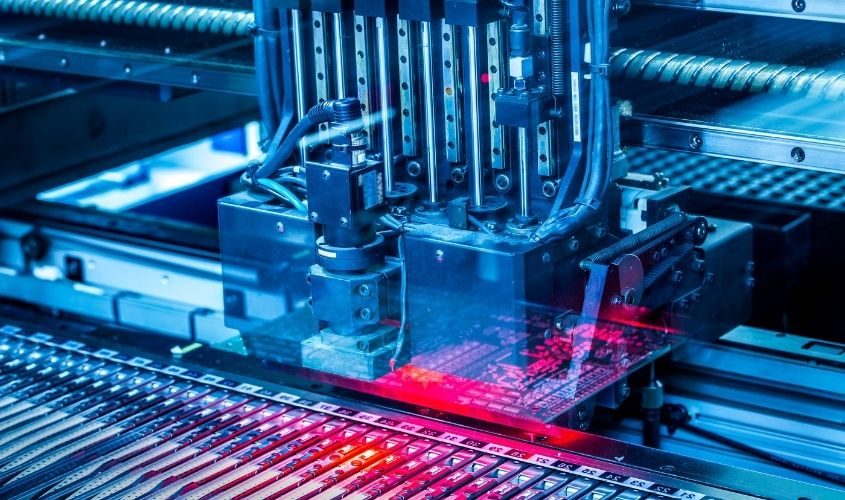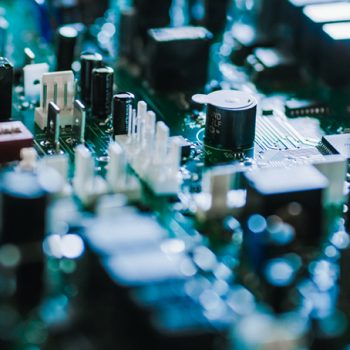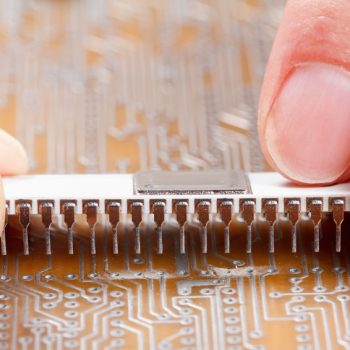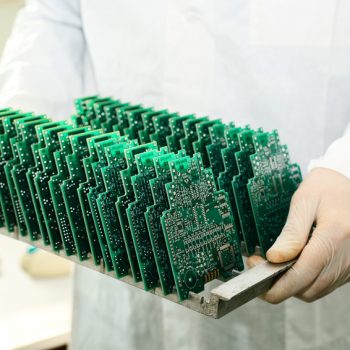PCB manufacturing has seen multiple technological overhauls over the years. Each one has revolutionized how PCBs can function and gives us the technology we have today. Currently, PCB manufacturing utilizes the SMT process. Now, you might be wondering, “What does SMT stand for in PCB manufacturing?” The simple answer is that it stands for Surface-Mounted technology, but to understand what that means, you will need to dig deeper.
Surface-Mount Technology
SMT is not that easy of a concept to understand. However, as the name implies, the technology works by mounting components onto a blank PCB. the SMT printer can usually do this automatically while taking custom design instructions to build complex PCBs. The reason that this technology is so important is the finesse that it provides. Before SMT, the average PCB could only be so small before it was too difficult to handle. Now, PCB can be much smaller because of the SMT process. This is usually automatic, where previous PCBs were mostly handcrafted, which saves everyone time and money.
SMT Process
The process of SMT starts with feeding the printer the necessary designs for whatever PCB you want to make. The SMT then needs the materials to make the PCB—usually it is soldering paste and the prebuilt components for each unique PCB. The printer then starts to apply the soldering paste to a blank PCB to prepare it for the next step. The SMT printer then starts to function as a PCB component placement machine as it places each separate part onto the paste of the blank PCB. Soon after this step, the PCB is complete and ready for use.
Now that you understand the answer to “What does SMT stand for in PCB manufacturing?” you should be able to make informed decisions about if you want to use SMT.










